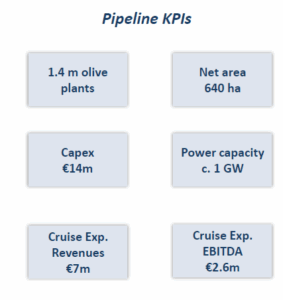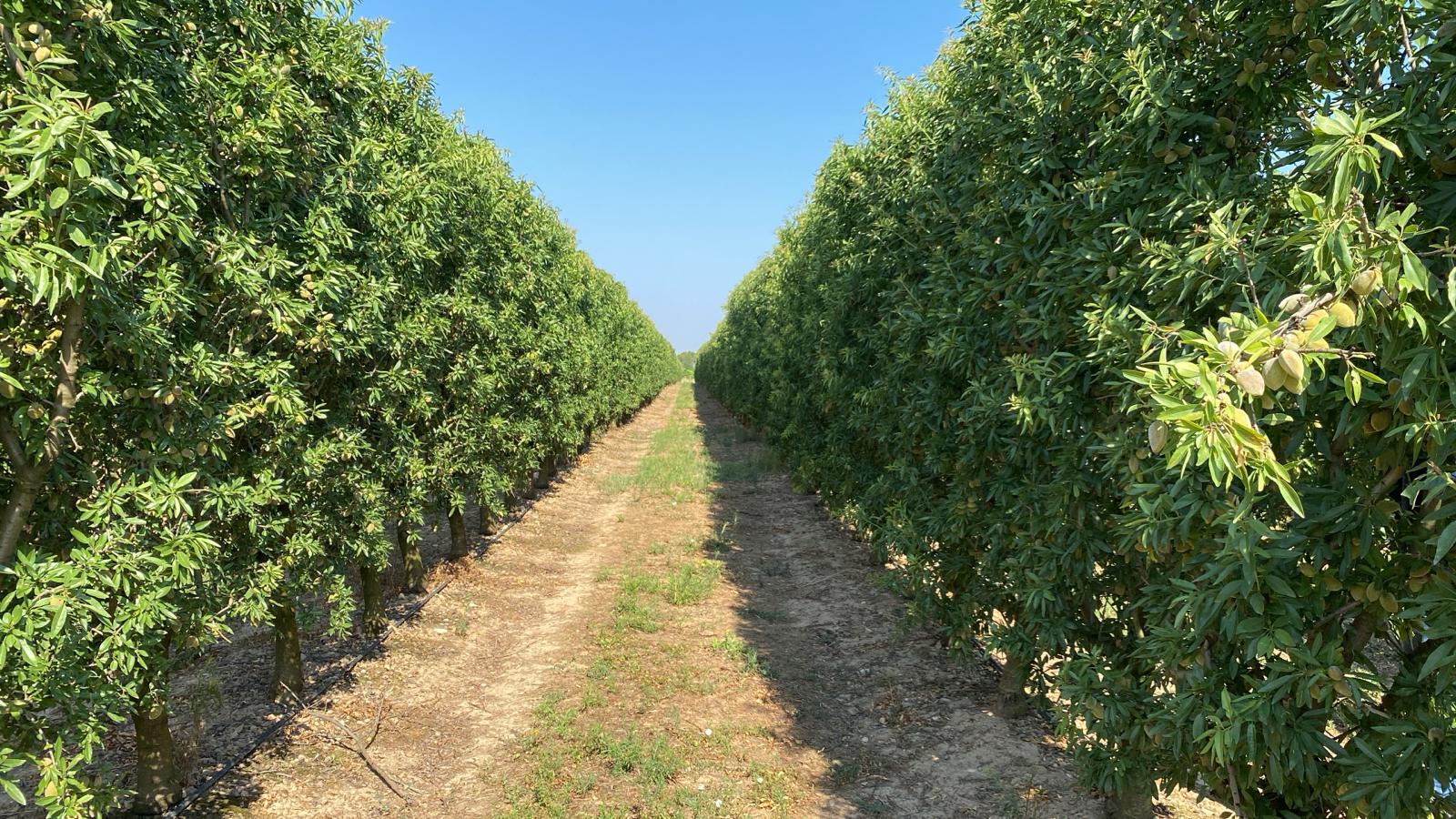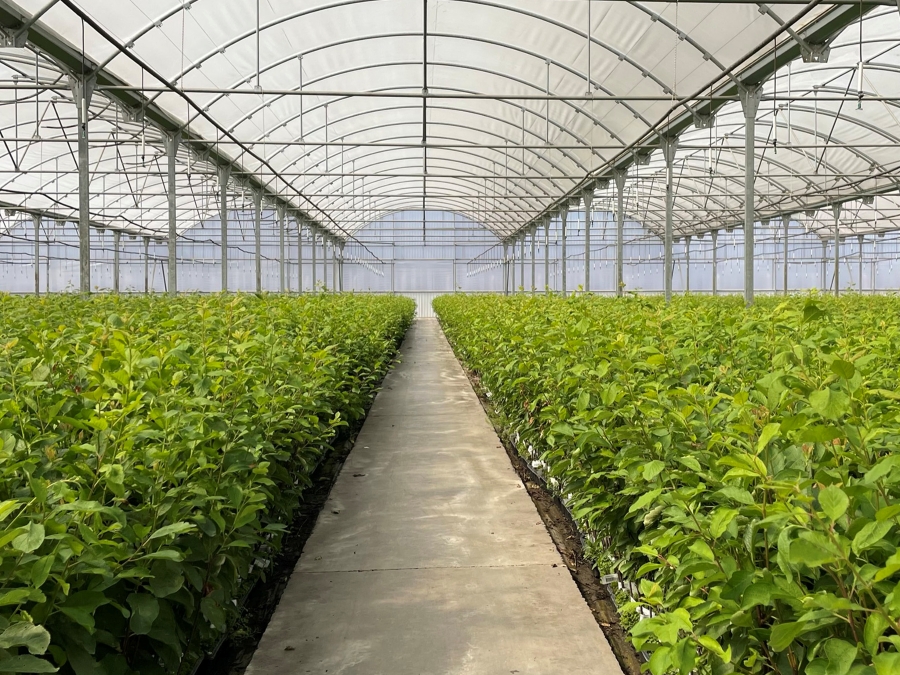Is it possible to combine agricultural production and electricity generation on the same land?
Is AGROVOLTAIC energy a reality? Stefano Visalli, CEO of OxyCapital Italy, reveals the keys to the project


Tell us about the main objectives of the Oxy Eos project and the company’s mission
Oxy Eos (Solar Oil Energy) is an innovative initiative promoted by Oxy Capital, a private equity investment firm with extensive experience in the solar energy and agricultural management sectors. The company specializes in the development and management of olive plantations, integrating advanced technologies with a strong focus on sustainability. In partnership with Olio Dante S.p.A., an international leader in the olive oil supply chain, Oxy Eos aims to create a 100% Italian olive oil production chain that is fully integrated and traceable. Thanks to solid experience in projects that combine agricultural production with renewable energy solutions, Oxy Eos has positioned itself as a benchmark in merging sustainable agriculture with responsible solar energy. We firmly believe it is possible to combine agricultural production with electricity generation on the same land. Agrovoltaic energy is becoming an increasingly established reality.
What characteristics must the ideal land have for an agrovoltaic project?
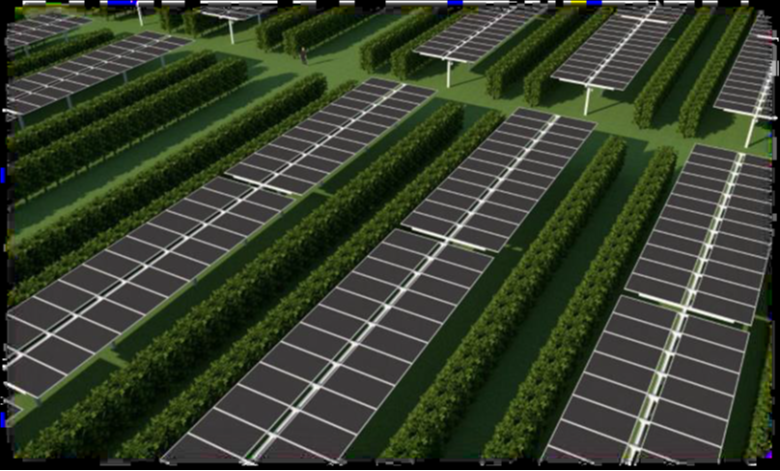
How are olive plantations integrated with solar panels?
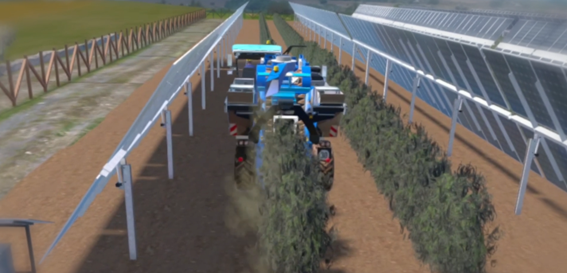
What are the investments and profitability of an agrovoltaic project?
